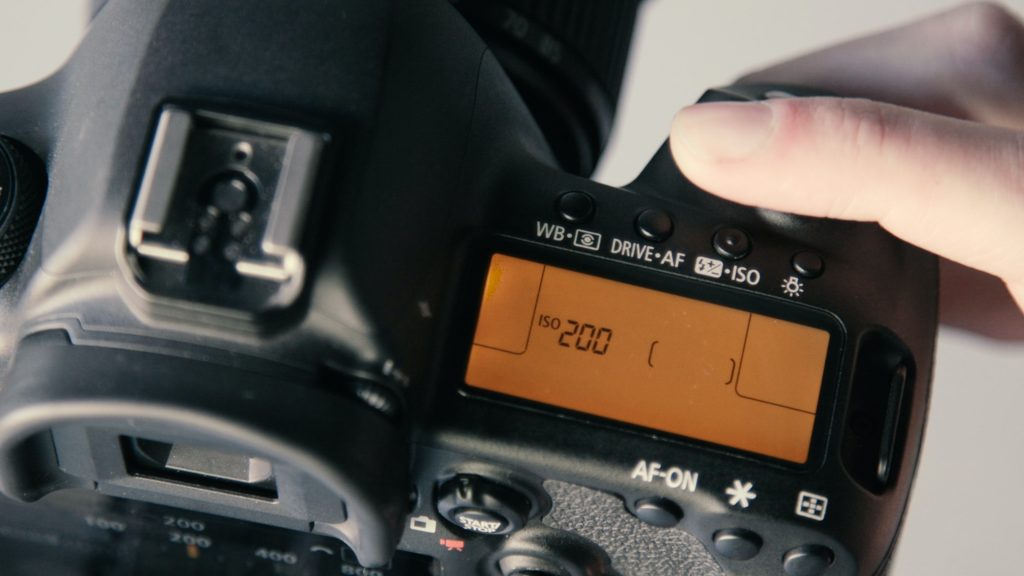The quality of your digital photographs heavily depends on the choice of three parameters: aperture, shutter speed, and ISO. Of course, you can let the camera deal with those, but that’s rarely a good idea. Instead, you should know exactly what aperture, shutter speed, and ISO are and use them to support your creative ideas. And while you can practice with aperture and shutter speed priority camera modes, ISO is a little bit harder to comprehend. We are going to try and help you understand the question of what is ISO in Photography and how does it affect my photos.
What Does ISO Stand for in Photography?
ISO stands for the International Organization for Standardization, a non-profit international organization that develops and publishes all sorts of standards. Since 1974, ISO standards have been used to describe the photographic film’s (and nowadays the digital sensor’s) sensitivity to light.
The sensitivity to light is measured using a measure called film speed. A highly sensitive photographic film or sensor is a fast film because it requires a small amount of light to produce an image. On the contrary, an insensitive film or sensor is a slow film because it requires a longer exposure to light to produce the same image. The ISO system defines the relationship between the exposure to light and the lightness of the image the film or the sensor produces.
The ISO scale starts at 50, and each value is twice the previous one. A double ISO value means a double film’s or sensor’s sensitivity. Photographic films have the ISO value marked on the pack and an ISO range from 100 to 3200. Digital cameras have a much broader ISO range and can go to 204,800 (Sony A9 II).
Photo by Glenn Carstens-Peters on Unsplash
How to Use the ISO Settings
The choice of the ISO value depends on the intensity of the light available in the scene. It also depends on the quality of the light (e.g., natural or artificial light). Usually, when you shoot outdoors in bright daylight, you don’t need more than ISO 100. However, if it is a cloudy day or you take pictures at sunset or sunrise, you can increase the ISO to 400. Remember that higher ISO values mean brighter photographs.
ISO 100 – Photo by Prudence Earl on Unsplash
For taking indoor and night photographs, increase ISO up to 3200 or more. But although you’ll be able to capture the slightest light, high ISO values have a catch. They add a specific noise to your images, usually called ISO noise. At high ISO values, your photographs may look grainy, dirty. That’s because when you make the sensor more sensitive to light, you also make it more sensitive to noise, digital artifacts, and other unwanted things. So, always start with the smallest ISO value you can afford and work up from here. And make sure your camera has high performance at high ISO values.
ISO 1250 – Photo by Annie Spratt on Unsplash
ISO is a decisive setting that helps you produce well-exposed images. For practice, photograph a scene using the same aperture and shutter speed and different ISO values. Observe how a higher ISO value creates brighter photos and how much noise it adds. Take control of your camera, and you’ll take better photos instantly.

